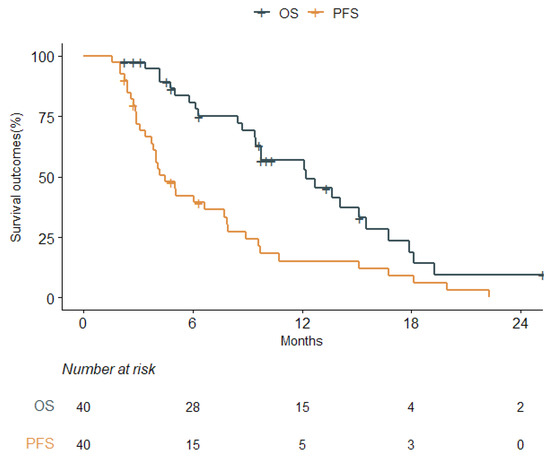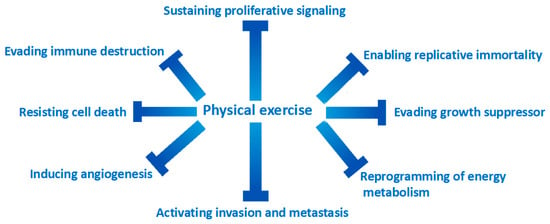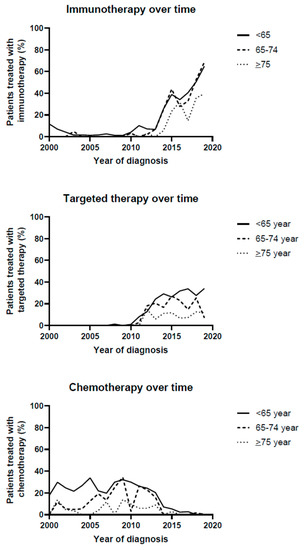Advances in Geriatric Oncology: Exploring Practical Ways to Optimize Treatment in Older Patients with Cancer
A topical collection in Cancers (ISSN 2072-6694). This collection belongs to the section "Cancer Therapy".
Viewed by 16262Editors
Interests: geriatric oncology; lymphoma
Special Issues, Collections and Topics in MDPI journals
Interests: geriatric oncology; oncologic decision making
Special Issues, Collections and Topics in MDPI journals
Topical Collection Information
Dear Colleagues,
Cancer is a disease of aging, with patients over 70 accounting for 50% of newly diagnosed malignancies and 70% of all cancer deaths. However, despite this epidemiologic context, older patients with cancer are underrepresented in clinical trials, which are necessary to establish new standards of cancer care. This is particularly striking for those with functional decline and/or with comorbid conditions who are usually excluded from clinical trials. As a result, robust data on the benefit/risk balance for many treatment strategies in these older patients are lacking, putting them at increased risk for treatment toxicity. Measures of frailty syndrome by geriatric assessment and biological markers are critical to elucidate risks of morbidity, loss of quality of life, functional impairment, and mortality in older patients with cancer. Treating frailty syndrome via geriatric interventions will likely reduce risk for poor cancer outcomes, but this should first be demonstrated and quantified. Further research is needed in this area.
This Topical Collection will highlight the role of frailty syndrome in geriatric oncology in all its diversity on both clinical and biological aspects that advance our understanding in order to optimize and personalize cancer treatment. Original Articles are preferred. Reviews/Systematic Reviews are also welcome.
Prof. Dr. Pierre Soubeyran
Dr. Marije E. Hamaker
Collection Editors
Manuscript Submission Information
Manuscripts should be submitted online at www.mdpi.com by registering and logging in to this website. Once you are registered, click here to go to the submission form. Manuscripts can be submitted until the deadline. All submissions that pass pre-check are peer-reviewed. Accepted papers will be published continuously in the journal (as soon as accepted) and will be listed together on the collection website. Research articles, review articles as well as short communications are invited. For planned papers, a title and short abstract (about 100 words) can be sent to the Editorial Office for announcement on this website.
Submitted manuscripts should not have been published previously, nor be under consideration for publication elsewhere (except conference proceedings papers). All manuscripts are thoroughly refereed through a single-blind peer-review process. A guide for authors and other relevant information for submission of manuscripts is available on the Instructions for Authors page. Cancers is an international peer-reviewed open access semimonthly journal published by MDPI.
Please visit the Instructions for Authors page before submitting a manuscript. The Article Processing Charge (APC) for publication in this open access journal is 2900 CHF (Swiss Francs). Submitted papers should be well formatted and use good English. Authors may use MDPI's English editing service prior to publication or during author revisions.
Keywords
- cancer
- older
- frailty
- geriatric assessment
- chemo-toxicities
- overall survival
- cachexia
- biomarker
- comorbidities
- quality of life
- functional status















